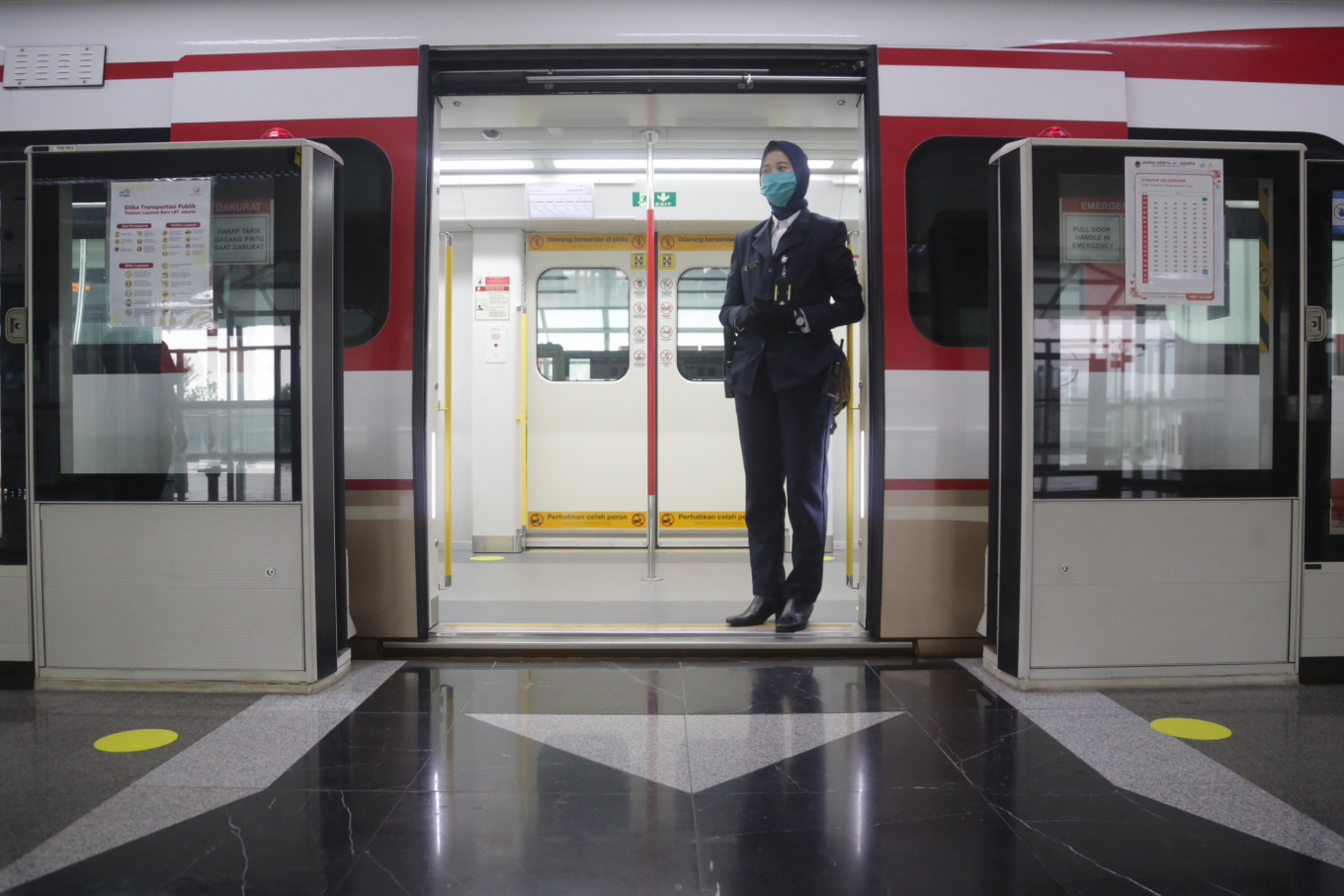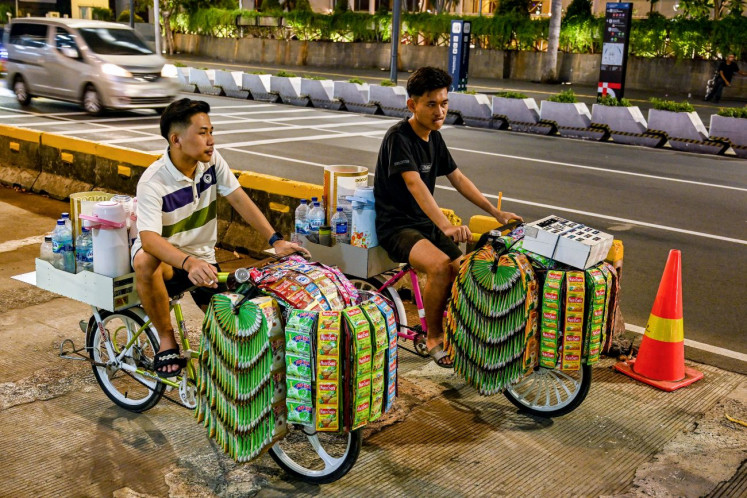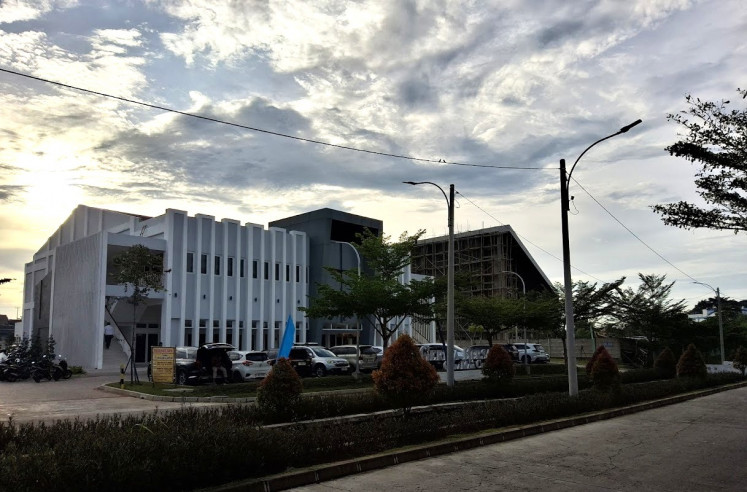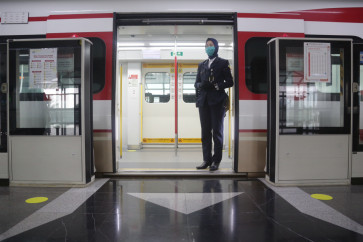Popular Reads
Top Results
Can't find what you're looking for?
View all search resultsPopular Reads
Top Results
Can't find what you're looking for?
View all search resultsAnalysis: Ministry to revise regulation to cover Greater Jakarta LRT’s faulty tracks
Change text size
Gift Premium Articles
to Anyone
T
he Transportation Ministry has confirmed that wheel wear on the Greater Jakarta LRT system, resulting in the cancellation of 103 trips daily, was caused by design flaws in the rail tracks, particularly on tight, narrow curves that do not comply with Transportation Ministry Regulation No. 60/2012. Instead of rectifying the problematic rail designs on curves, however, the ministry is currently planning to revise the regulation to accommodate the existing rail designs.
Transportation Ministry Director General for Railways Risal Wasal recently confirmed the LRT’s faulty rail-track design had caused the wheel wear. The track design on major curves is not in line with transportation Ministry Regulation No. 60/2012. According to the regulation, rail tracks on curves with a radius of less than 250 meters, traversed by the LRT, should be widened by 20 millimeters for safety. However, it appears that sharp bends on the LRT route, especially in Cawang and near Taman Mini have only been widened by about 10 mm. Consequently, each passage over these tracks results in significant friction between the wheels and rails due to the wheels getting stuck during turns.
Because of the wheel wear, at the end of October, just two months after commercial operation, state-owned railway company PT KAI as the operator of the LRT had to withdraw seven trains, out of a total of 16, for urgent wheel maintenance, leaving only nine trains in operation. With 16 trains, the Greater Jakarta LRT could operate 234 daily trips. With just nine trains remaining, the LRT could only provide 131 trips. As of last week, Greater Jakarta LRT operated only eight trains as one train had to undergo maintenance.
Instead of fixing the problem of faulty rail tracks on major curves, the Transportation Ministry is expected to amend its regulation to accommodate the existing LRT track configurations. The ministry has enlisted the services of technical consultants to provide a rationale for the discrepancies in track width within the designs.
A document titled “Rapat Evaluasi Kinerja Pengoperasian LRT Jabotabek” (Greater Jakarta LRT Operational Performance Evaluation Meeting), as obtained by Tempo, revealed that consultants did not recommend fixing the faulty rail tracks. Instead, they recommended that KAI provide new sets of wheels to suit the rail tracks, so that it would not hinder LRT operations and the LRT management to implement a speed reduction of up to 50 percent on major curves to decrease wheel-rail friction, preventing rapid wheel deterioration.
Transportation expert Agus Pambagyo, who is also a former member of the LRT Development Supervisory Commission, deplored the Transportation Ministry’s plan to amend the regulation because it could endanger the safety of future LRT developments in other cities. He noted that if the problem was the faulty rail tracks, simply tell the developer, state-owned construction company PT Adhi Karya, to fix it.
House of Representatives’ Commission VI legislator Amin Ak called on the Supreme Audit Agency (BPK) to conduct an investigative audit on the problems plaguing the Greater Jakarta LRT. He suspected corruption occurred in the procurement of the trains.



















